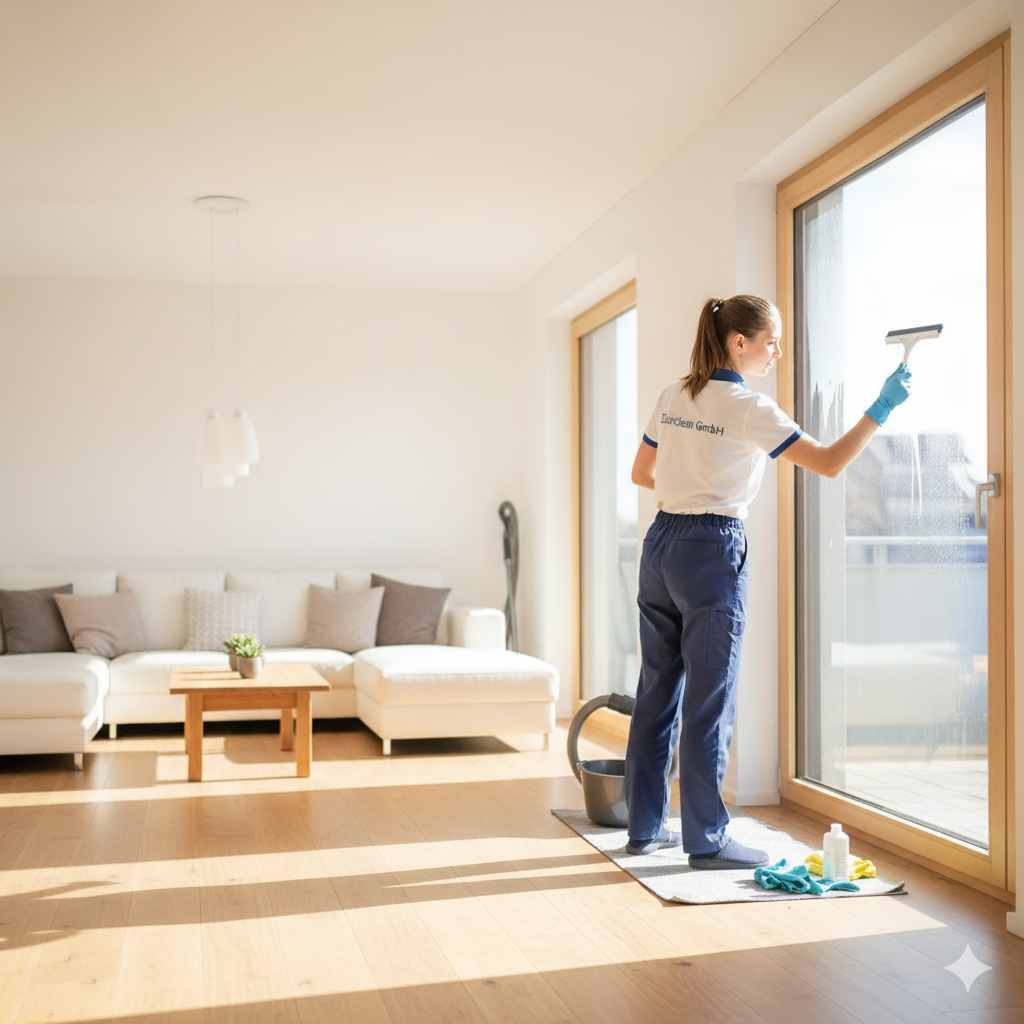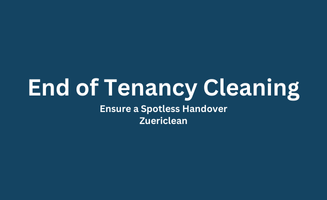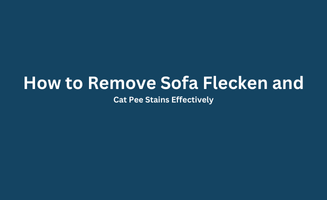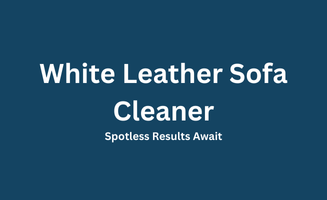Mattress Cleaning Techniques for Specific Concerns
How to Remove Yellow Stains from Mattresses
Yellow stains on a mattress can be unsightly and concerning, especially when they disrupt the clean and welcoming appearance of your bed. While they are common, addressing these stains effectively requires understanding their root causes and applying appropriate cleaning methods. Let’s delve deeper into the topic, exploring the why behind the stains and the how of their removal.
Understanding the Common Causes of Yellow Stains on Mattresses
To tackle yellow stains effectively, it’s essential to know what causes them. These stains are often the result of natural body processes, environmental factors, or even the aging of the mattress itself.
Sweat and Body Oils
Over time, our bodies naturally excrete sweat and oils, especially during sleep. These fluids seep into the mattress layers, accumulating and oxidizing to leave behind yellowish marks. This is a slow process that happens unnoticed but becomes evident over time.
-
Night Sweats: For individuals who sweat excessively during sleep, the problem can be more pronounced.
-
Improper Bedding: Thin or worn-out mattress protectors may fail to provide a barrier, leading to quicker absorption of sweat and oils.
Age-Related Discoloration
Even with the best care, mattresses age and develop discoloration due to prolonged exposure to moisture, air, and wear. These natural processes lead to:
-
Oxidation: The breakdown of materials in the mattress when exposed to air.
-
Moisture Accumulation: Over years, small amounts of retained moisture can lead to yellowing, even if not noticeable daily.
Effective Cleaning Techniques for Yellow Stains
Once you identify the cause, the next step is selecting the right cleaning method to restore your mattress. Here are two proven techniques that can help you remove those stubborn yellow stains:
Vinegar and Baking Soda Solution
A natural and effective remedy for fresh or moderate stains, this method utilizes household staples:
Steps to Follow:
-
Mix the Solution: Combine equal parts of white vinegar and water in a spray bottle. Shake well to mix.
-
Apply Lightly: Spray the solution on the stained area, ensuring it is damp but not saturated. Oversaturating may harm the mattress layers.
-
Sprinkle Baking Soda: Generously apply baking soda over the damp spot. The baking soda reacts with the vinegar, lifting the stain while neutralizing odors.
-
Wait and Vacuum: Allow the baking soda to sit for several hours (or overnight, if possible). Then vacuum the area thoroughly to remove all residue.
Advantages:
-
Vinegar breaks down organic compounds in the stain.
-
Baking soda absorbs moisture and eliminates odors.
Hydrogen Peroxide Mixture
This method is particularly effective for older or stubborn stains that don’t respond to mild cleaning. Hydrogen peroxide is a natural bleaching agent that helps break down discoloration.
Steps to Follow:
-
Prepare the mixture: Combine 1 part hydrogen peroxide, 1 part baking soda, and a few drops of dish soap in a spray bottle. Mix well.
-
Apply Gently: Using a clean cloth, dab the solution onto the stain. Avoid scrubbing, as it may push the stain deeper into the mattress fibers.
-
Blot and Dry: Let the solution sit for about 30 minutes before blotting with a dry cloth. Allow the area to air dry completely.
-
Vacuum Residue: Once dry, vacuum the area to remove any remaining baking soda particles.
Advantages:
-
The chemical properties of hydrogen peroxide make it effective for breaking down persistent organic stains.
-
Dish soap aids in lifting oils, while baking soda handles odors.
Pro Tips for Mattress Maintenance
-
Spot Test First: Before applying any cleaning solution, perform a spot test on a less visible area to ensure it doesn’t damage the mattress fabric.
-
Use Mattress Protectors: A high-quality, waterproof mattress protector can prevent sweat, body oils, and spills from reaching the mattress.
-
Regular Maintenance: Vacuum your mattress regularly and rotate it every three to six months to minimize wear and tear.
-
Sunlight Exposure: Occasionally, place your mattress in a sunny spot to naturally kill bacteria and freshen it up.
Best Way to Clean Foam Mattresses
Foam mattresses are widely admired for their comfort, adaptability, and supportive properties. However, maintaining their integrity requires a specialized cleaning approach. By adopting the right techniques and preventative measures, you can extend the lifespan of your foam mattress while ensuring it remains hygienic and fresh.
Understanding Foam Material
Foam mattresses, whether made of memory foam, latex foam, or polyurethane foam, are designed to provide excellent support by conforming to the body. Their absorbent structure, however, makes them particularly vulnerable to water damage. When cleaning foam mattresses, it's essential to use methods that prevent excessive moisture, as this can lead to:
-
Structural Breakdown: Prolonged exposure to water can degrade the foam’s cellular structure, reducing its elasticity and support.
-
Mold and Mildew Growth: Excess moisture can get trapped within the foam, creating an ideal environment for mold and mildew to flourish.
-
Odor Retention: If improperly dried, foam can hold onto unpleasant odors, making the mattress less comfortable to use.
Recommended Cleaning Method
To clean foam mattresses effectively without compromising their structure, follow these carefully designed steps:
Vacuuming the Surface
Regular vacuuming is a simple yet powerful way to maintain the cleanliness of your foam mattress. Here’s how to do it right:
-
Choose the Right Attachment: Use a handheld vacuum equipped with a soft brush attachment to avoid damaging the foam surface.
-
Focus on Problem Areas: Pay special attention to seams, crevices, and edges where dust and allergens tend to accumulate.
-
Routine Maintenance: Vacuum the mattress every two weeks or whenever you change your bedding to prevent dirt buildup.
Spot Cleaning with Mild Detergent
For localized stains or spills, spot cleaning is the most effective method. Here’s how to clean without soaking the foam:
-
Prepare a Cleaning Solution: Mix a small amount of mild dish soap with lukewarm water. Avoid harsh chemicals, as they can break down the foam material.
-
Dab, Don’t Rub: Use a clean, white cloth or sponge. Dip it into the solution and gently dab the stained area. Rubbing can push the stain deeper into the foam.
-
Blot Excess Moisture: After treating the stain, use a dry cloth to absorb as much moisture as possible.
-
Air Dry Thoroughly: Allow the treated area to air dry completely in a well-ventilated space, preferably under a fan. Avoid using direct heat, as it can damage the foam.
Deep Cleaning Option: Steam Cleaning
Mattress Steam cleaning can be used sparingly for deep cleaning foam mattresses. However, ensure you:
-
Use a low-moisture steam cleaner.
-
Avoid over-saturating the mattress.
-
Allow ample drying time to prevent mold growth.
Preventative Measures
Mattress Protectors
Investing in a high-quality mattress protector is one of the best ways to reduce cleaning frequency and protect your mattress from stains and spills. Look for protectors that are:
-
Waterproof: To guard against liquid damage.
-
Breathable: To maintain airflow and prevent heat buildup.
-
Machine-Washable: For easy cleaning and maintenance.
Regular Rotation
Rotate the mattress every three to six months to ensure even wear and prevent indentations. While this doesn’t directly affect cleaning, it helps maintain the mattress’s structural integrity.
Prompt Stain Treatment
Address spills and stains as soon as they occur to prevent them from setting into the foam. Quick action minimizes the chance of permanent discoloration or odors.
Additional Tips for Long-Term Care
Use Baking Soda for Odors:
-
Sprinkle baking soda over the mattress and let it sit for 15-20 minutes before vacuuming.
-
This method is particularly effective for neutralizing unpleasant smells.
Avoid Direct Sunlight:
-
While sunlight can help sanitize, prolonged exposure can cause foam to degrade over time. Instead, air-dry in shaded, well-ventilated areas.
Keep Pets Away:
-
If you allow pets on your bed, consider using a washable mattress topper to protect the foam from fur, claws, and accidents.
Storage Considerations:
-
If storing a foam mattress, keep it in a cool, dry place, and use a breathable storage bag to prevent dust accumulation and moisture buildup.
Removing Pet Odors and Stains from Mattresses
For pet owners, mattresses often become unintended victims of accidents and lingering odors. Cleaning and maintaining a mattress when pets are involved can feel daunting. but with the right approach and tools, you can restore your mattress to a clean and odor-free state.
Challenges with Pet Stains and Odors
Pets bring joy to our lives, but they can also bring challenges, especially when it comes to keeping a mattress clean. Pet stains and odors are not only unsightly but can also pose hygiene and health risks.
Urine Penetration:
Pet urine is one of the most common causes of mattress stains. Its ammonia content can seep deep into the layers of a mattress, leading to discoloration and persistent odors.
Hair and Dander Accumulation:
Pet fur and skin flakes (dander) can embed themselves in the fabric, attracting dust mites and causing allergies over time.
Recurrent Odor Issues:
Lingering smells can re-emerge even after cleaning if residues remain in the mattress fibers.
Effective Cleaning Solutions
While addressing pet stains and odors may seem tricky, a combination of effective cleaning solutions and regular maintenance can keep your mattress in excellent condition.
Enzyme Cleaners
Enzyme-based cleaners are among the most effective tools for removing pet-related stains and odors.
-
How They Work: Enzyme cleaners break down the proteins in pet urine and feces, eliminating odors at the source.
-
Steps to Use:
-
Blot the affected area with a clean cloth to remove excess moisture or debris.
-
Spray the enzyme cleaner generously over the stained area.
-
Allow it to sit for 10–15 minutes, giving the enzymes time to break down organic matter.
-
Blot the area with a dry cloth to remove the cleaner and let the mattress air dry completely.
Baking Soda and Essential Oils
Baking soda is a natural deodorizer and works wonders on pet odors, while essential oils add a refreshing scent.
-
Steps to Use:
-
Sprinkle a generous amount of baking soda across the mattress surface, focusing on odor-prone areas.
-
Add a few drops of lavender, tea tree, or eucalyptus essential oil to the baking soda.
-
Let the mixture sit on the mattress for several hours or overnight to absorb odors.
-
Vacuum the mattress thoroughly to remove the baking soda and oils.
White Vinegar and Water Solution
A vinegar solution can neutralize pet odors and lift light stains effectively.
-
Steps to Use:
-
Mix equal parts white vinegar and water in a spray bottle.
-
Lightly spray the solution on the stained area without soaking the mattress.
-
Blot with a clean, dry cloth to remove excess moisture.
-
Sprinkle baking soda over the area, let it dry completely, and vacuum.
Hydrogen Peroxide and Dish Soap
For tougher stains, a mixture of hydrogen peroxide and dish soap can help.
-
Steps to Use:
-
Mix one cup of hydrogen peroxide, two tablespoons of baking soda, and a few drops of liquid dish soap.
-
Apply the solution directly to the stain using a spray bottle or cloth.
-
Let it sit for 10–15 minutes, then blot with a clean towel.
-
Rinse with a damp cloth and allow the mattress to dry fully.
Tips for Pet Owners
Preventing stains and odors before they occur is always the best approach. By following a few proactive measures, you can minimize damage to your mattress and ensure it stays clean and fresh.
Regular Vacuuming
-
Use a vacuum with a HEPA filter to remove pet hair, dander, and dust particles from your mattress weekly. This prevents buildup and reduces allergens.
Invest in Washable Mattress Covers
-
Waterproof and washable mattress protectors provide a barrier against spills and accidents, making cleanup much easier.
Train Pets to Avoid the Bed
-
Train your pets to stay off the bed or designate a specific sleeping area for them. Provide them with comfortable bedding of their own as an alternative.
Maintain Grooming Routines
-
Regular grooming reduces shedding and dander, minimizing the amount of hair and debris your pet leaves behind on the mattress.
Address Accidents Immediately
-
Quick action prevents stains and odors from setting in. Keep cleaning supplies on hand, such as enzyme cleaners, baking soda, and absorbent cloths.
Deodorize Regularly
-
Sprinkle baking soda on your mattress every month, even if there are no visible stains. Vacuum it up after letting it sit for an hour or two to keep the mattress smelling fresh.
Preventive Measures for Long-Term Cleanliness
Air Out Your Mattress
-
Periodically take your mattress outdoors or open windows to allow for proper ventilation and sunlight exposure. UV rays can help eliminate bacteria and odors.
Rotate and Flip the Mattress
-
Rotating or flipping your mattress can prevent wear in one spot and ensure even use, which is helpful if pets favor a specific side.
Use Odor-Neutralizing Sprays
-
Pet-friendly odor-neutralizing sprays can be applied to mattresses as a preventive measure after cleaning.
By understanding the challenges of pet stains and odors and implementing these cleaning and preventive strategies, you can enjoy a clean and fresh mattress while continuing to share your life with your furry companions.
Using Bicarbonate of Soda for Mattress Cleaning
Bicarbonate of soda, commonly known as baking soda, is a natural powerhouse for cleaning.
Benefits of Bicarbonate of Soda
-
Non-toxic and safe for use around children and pets.
-
Effective at neutralizing odors and absorbing moisture.
Application Process
Sprinkling and Letting it Sit:
-
Evenly distribute baking soda across your mattress.
-
Allow it to sit for at least 30 minutes, or overnight for stronger odors.
Vacuuming Residue:
-
Use a vacuum cleaner with strong suction to remove all traces of baking soda.
Enhanced Cleaning:
-
Mix baking soda with vinegar for an effervescent reaction that tackles stubborn stains.
Mattress Cleaning for Urine and Vomit Stains
Accidents happen, and quick action is key to preventing permanent stains.
Immediate Action
-
Use a clean towel to blot the area, absorbing as much liquid as possible. Avoid rubbing, which can spread the stain.
Step-by-Step Cleaning Guide
Blotting First:
-
Start by soaking up the excess moisture with a dry towel.
-
Use a wet-dry vacuum if available for deeper absorption.
Homemade Solutions:
-
Mix hydrogen peroxide, baking soda, and dish soap in a spray bottle.
-
Apply the solution to the stain and gently scrub with a soft brush.
Sanitization Tips
-
Use a disinfectant spray suitable for fabrics to kill germs without harming the mattress material.
How to Sanitize Mattresses Against Scabies and Bed Bugs
Infestations can turn your mattress into a nightmare, but proper cleaning can restore peace of mind.
Understanding the Problem
-
Scabies: Tiny mites that burrow into the skin, causing intense itching.
-
Bed Bugs: Small, blood-sucking insects that thrive in crevices.
Sanitization Techniques
High-Temperature Steam Cleaning:
-
Steam kills both parasites and their eggs effectively.
-
Focus on seams and edges where bed bugs tend to hide.
Chemical-Free Options:
-
Mix tea tree oil with water in a spray bottle and apply to the mattress.
-
This natural solution deters pests without harsh chemicals.
Preventative Measures
-
Protective Covers: Encasement covers create a barrier against future infestations.
-
Routine Inspections: Check for signs of pests monthly to catch issues early.
Conclusions and Key Takeaways
Regular mattress cleaning is essential for maintaining a healthy sleeping environment and prolonging the lifespan of your mattress. By tailoring cleaning techniques to specific concerns, you can tackle stains, odors, and infestations effectively.
-
Use natural solutions like baking soda and vinegar for common stains and odors.
-
Employ enzyme cleaners for pet-related issues.
-
Mattress steam cleaning and protective covers are your best defense against pests.
A little effort can go a long way in ensuring your mattress remains clean, fresh, and inviting for years to come. Maintaining a clean mattress is more than a housekeeping chore; it’s essential for your health and overall well-being. A clean mattress not only ensures a comfortable sleeping environment but also helps prevent allergies, respiratory issues, and even pest infestations. But let’s face it: when specific concerns like stains, odors, or infestations arise, they demand more than just a quick vacuum. You need tailored techniques that address the problem effectively. It’s also best when you’re leaving the place or looking for the relocation cleaning with a guarantee and handover guarantee cleaning, so it can be good for the next place where you’re moving.
In this article, we’ll explore step-by-step mattress cleaning methods for various challenges, ensuring your sleeping space stays fresh, hygienic, and long-lasting.
If you’re looking for the Final Cleaning and Handover Guarantee Cleaning, checkout the services on our website.









_2_(1).webp)












.webp)




































































































































































_11zon.webp)





.webp)



_11zon.webp)



.webp)












